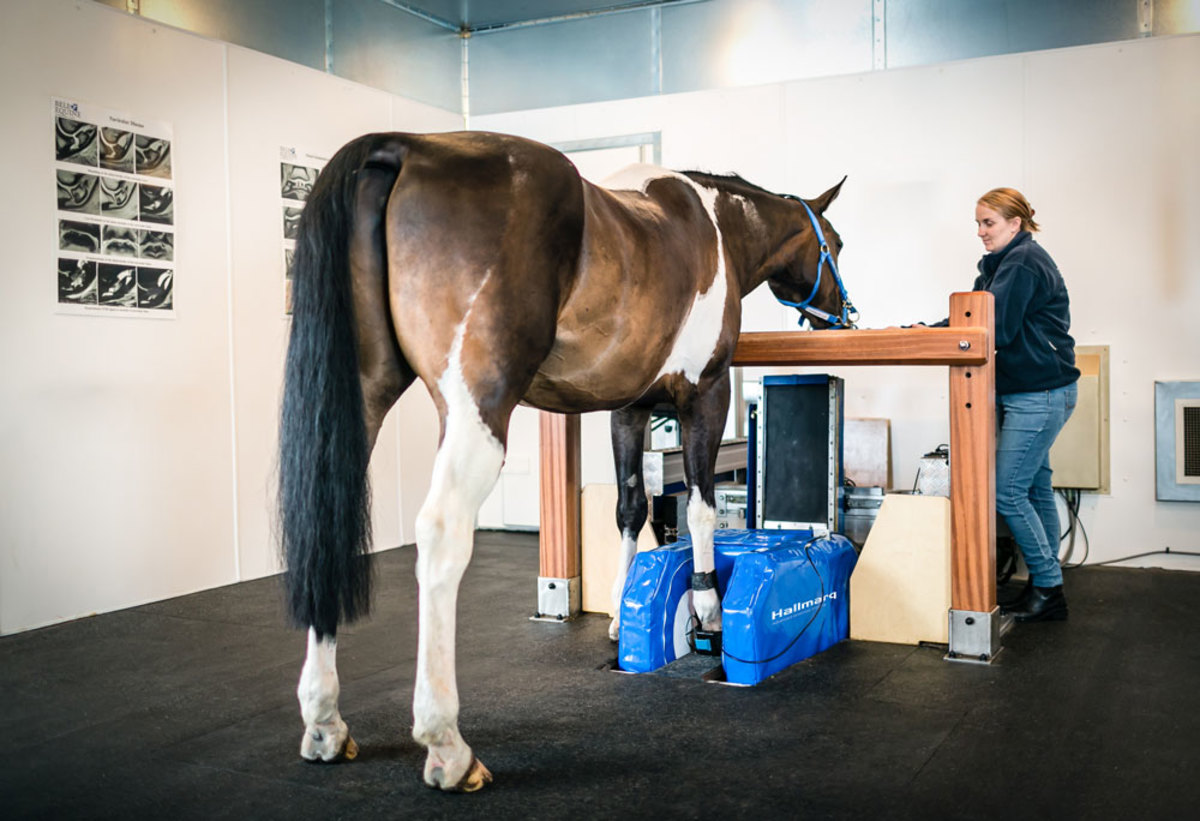
Magnetic resonance imaging (MRI) provides a gold standard diagnostic tool for assessing injury within the equine foot. A Scottish study reviewed the differences in image quality between three different field strengths with or without anesthesia [Byrne, C.A.; Marshall, J.F.; Voute, L.C. Clinical magnetic resonance image quality of the equine foot is significantly influenced by acquisition system. Equine Veterinary Journal July 2020; DOI: 10.1111/evj.13330].
The imaging system options included: a) low-field standing with weight bearing and sedation (LF St); b) low-field anesthetized non-weight-bearing open magnet system (LF GA); and high-field anesthetized non-weight-bearing closed magnet (HF GA). Random analysis of 15 live equine foot studies—five for each system—was reviewed by 10 very experienced and qualified observers who graded image quality as well as clinically important anatomical foot structures.
There have been concerns about how still a horse’s foot must be to obtain the best image quality. Motion of the foot during imaging is more likely to occur during standing MRI compared to a horse under general anesthesia and might influence image quality. In contrast, some claim that weight-bearing of a standing MRI favorably influences the diagnostic value, particularly for articular cartilage of the joints.
In this study, most of the MRI foot studies in all three systems on the live horses were considered by the observers to be of diagnostic quality. Any perceived reduction in image quality was attributed to operator technique.
The researchers summarized: “Field strength is a more important influencer of image quality than anesthesia for magnetic resonance imaging of the equine foot in clinical patients. High-field studies were more likely to have improved image quality as a result of the approximately linear relationship between field strength and the signal-to-noise ratio of images.”








